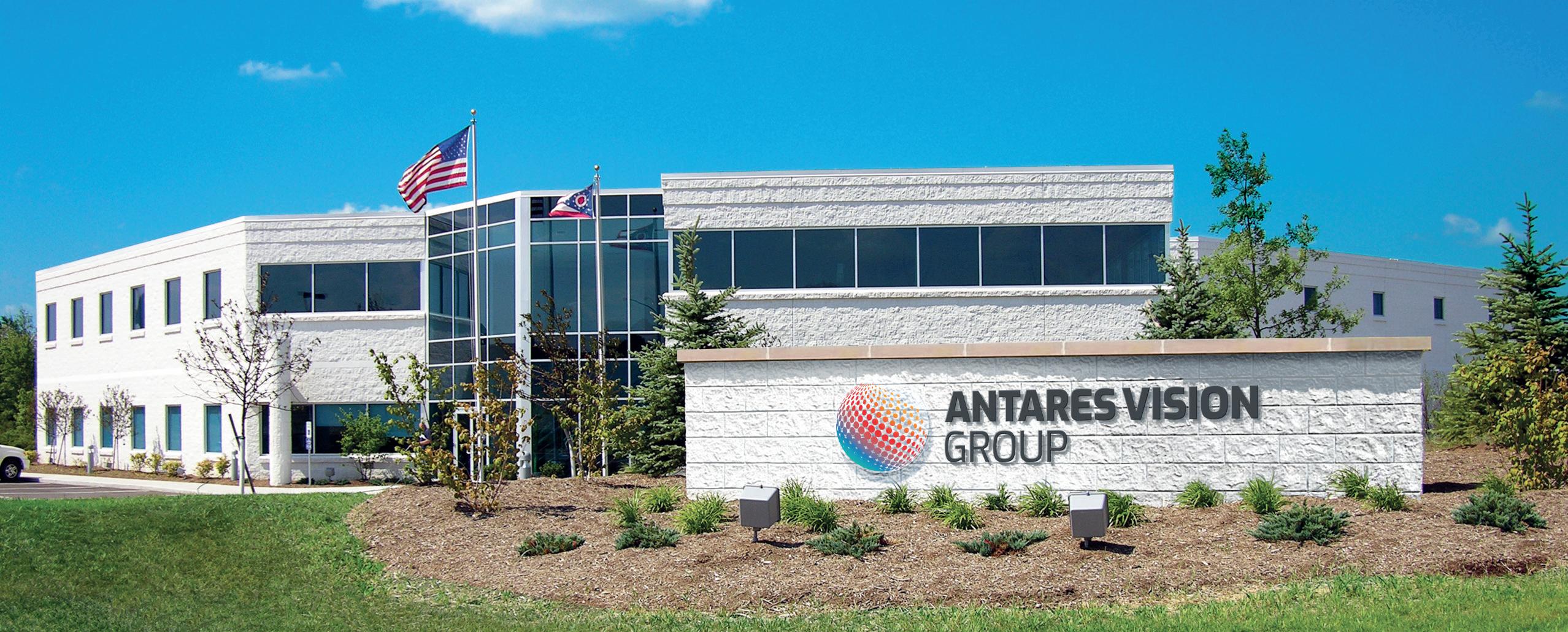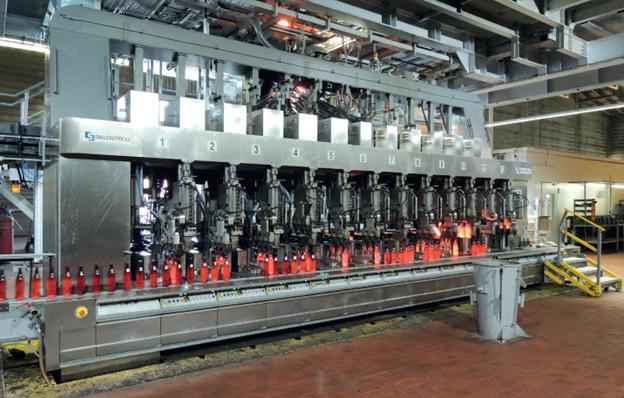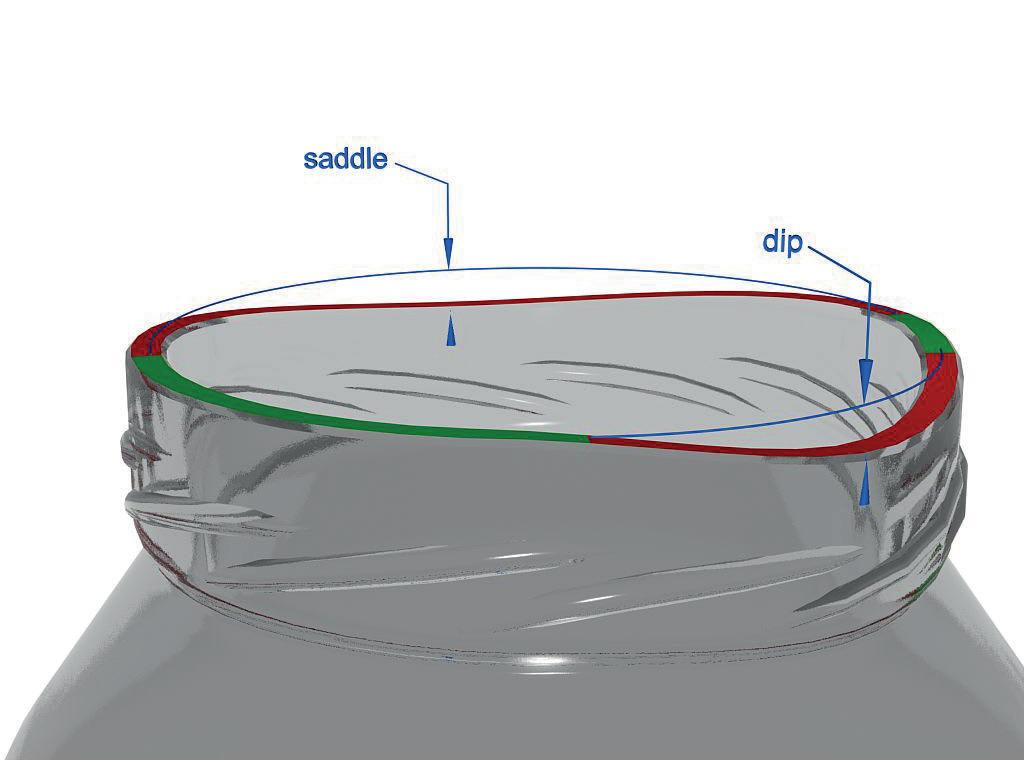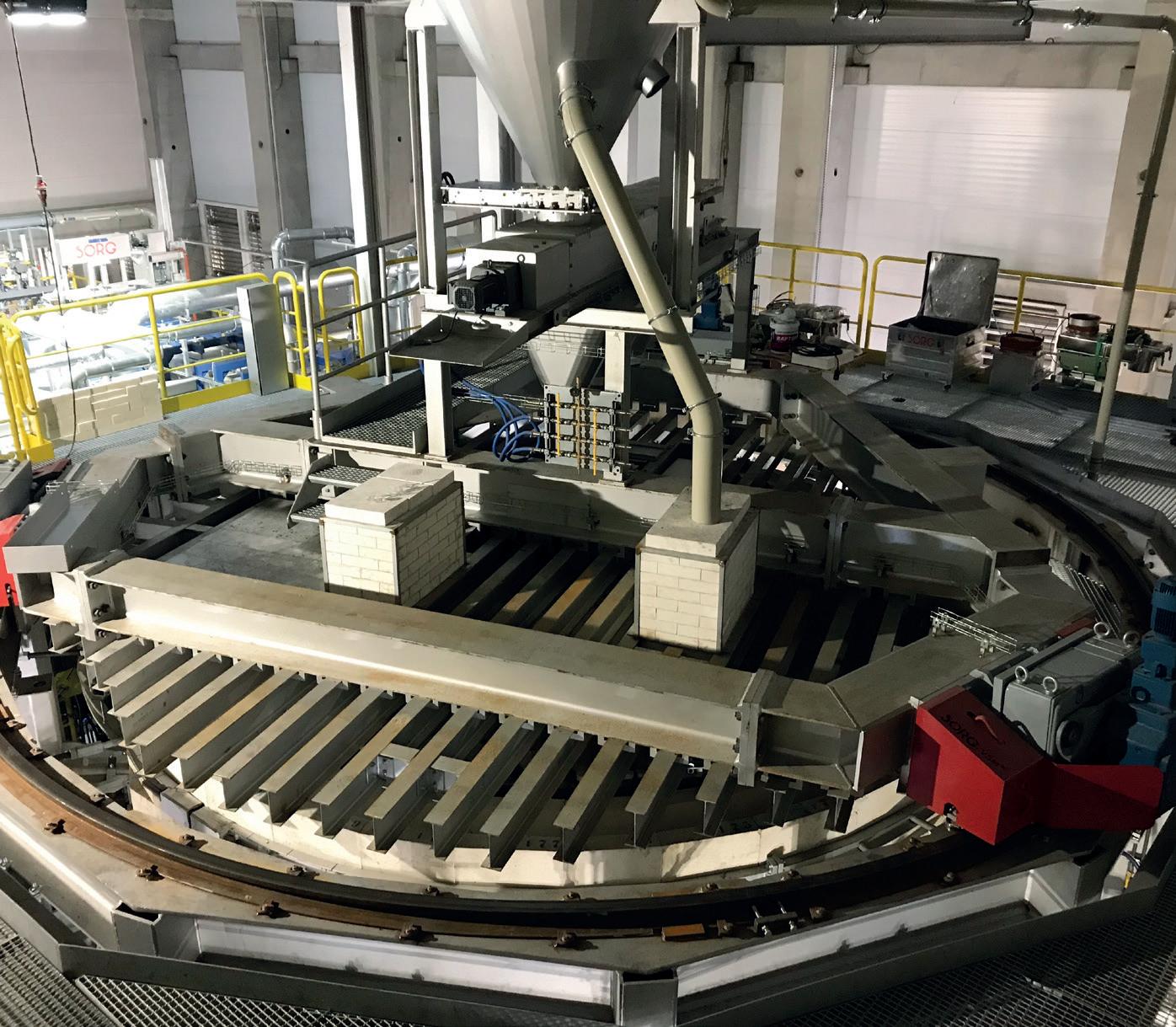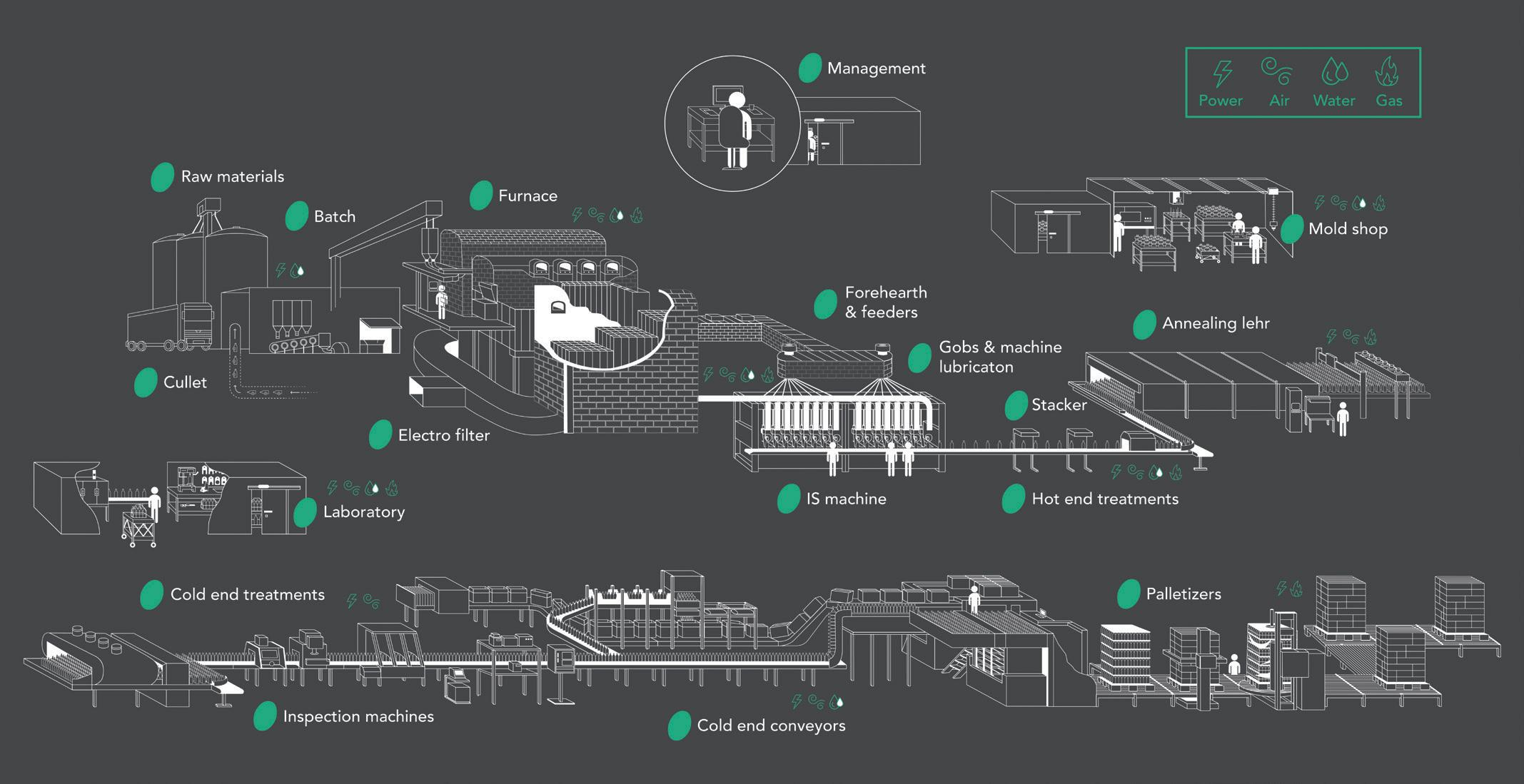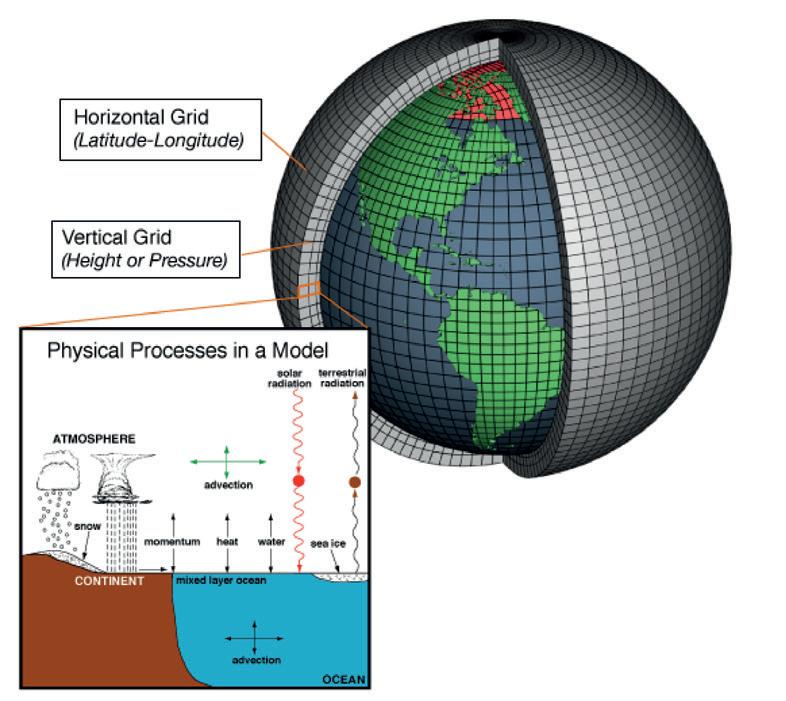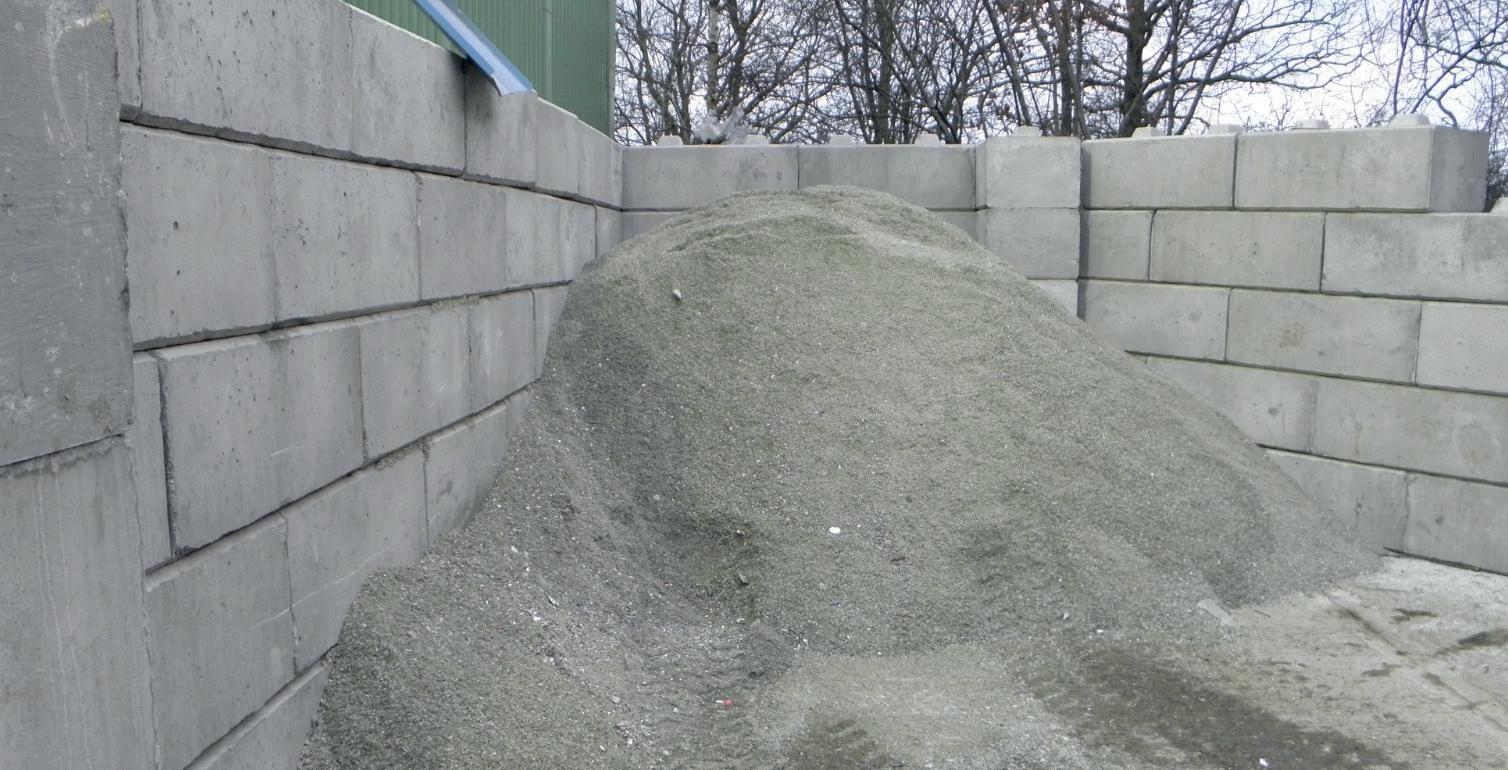
7 minute read
Decarbonisation: Krysteline
A deep dive into sustainable glass recycling
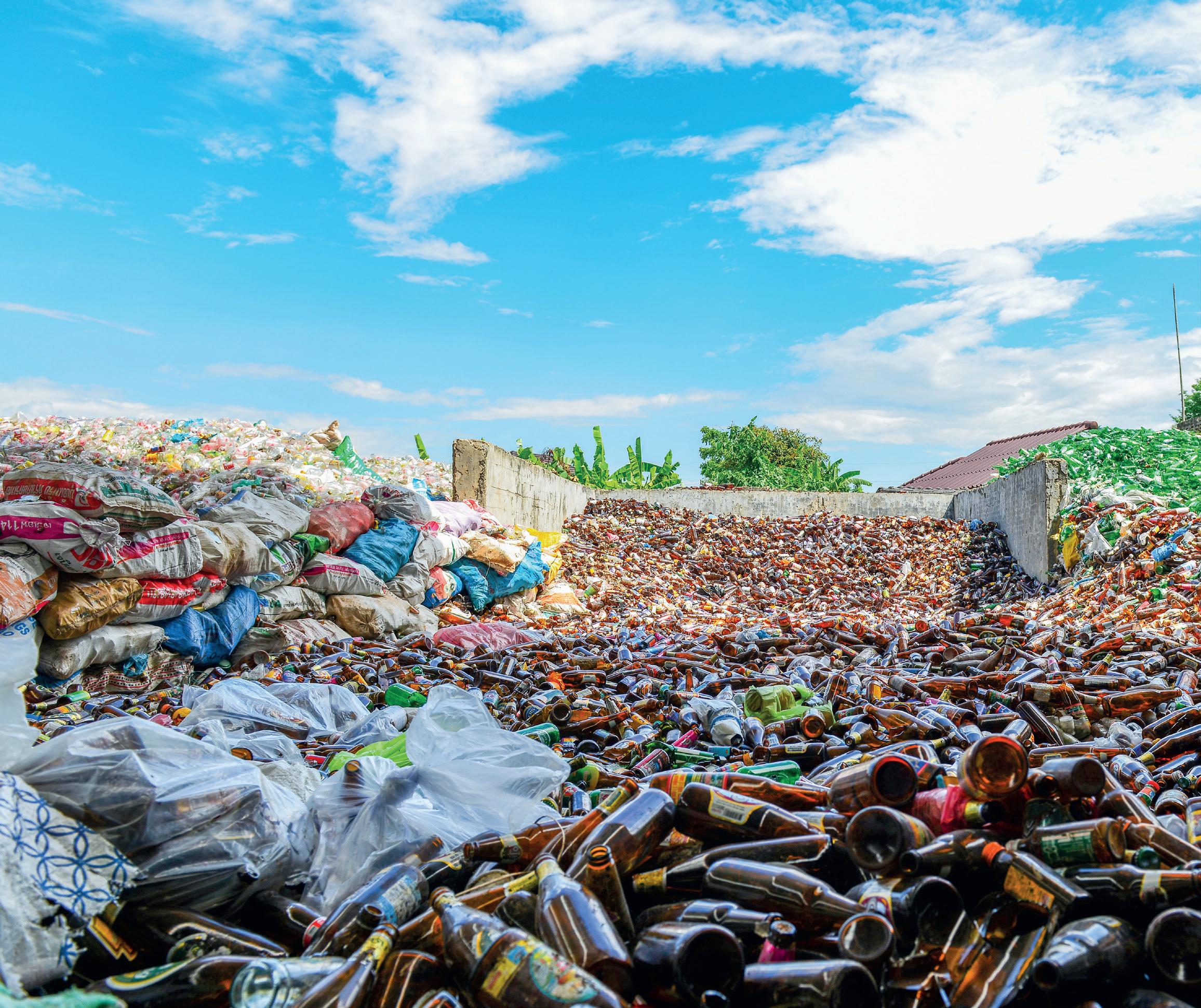
More than 50 million tonnes of container glass are landfilled annually around the world. Steve Whettingsteel* investigates how a more comprehensive CO2 strategy could create an inclusive recycling system focused on glass
recovery and reuse. Economics has always been one of the main challenges for the recycling industry when it comes to glass, balancing the high cost of recovery and processing with the proportionally low value of cullet. However, arguably a greater challenge for glass recycling is the long chain CO2 cost of delivering glass to a furnace, in many cases the true cost of CO2 is not appreciated or understood, since the claimed CO2 benefit of using cullet does not account for its recovery,
1
recycling, transport, nor the disposal to landfill of the glass which is not suitable for remelt. These CO2 losses can be significant, in the region of $2.64 billion a year globally, in the container glass sector alone.
More than 200 million tonnes of glass are produced globally each year, yet less than 40% is re-used for new glass production (remelt or glass wool) due to limited furnace capacity and locations, quality or colour disparity of the glass,
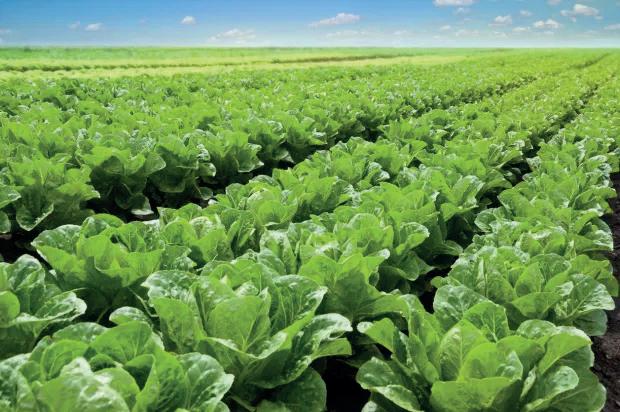
4
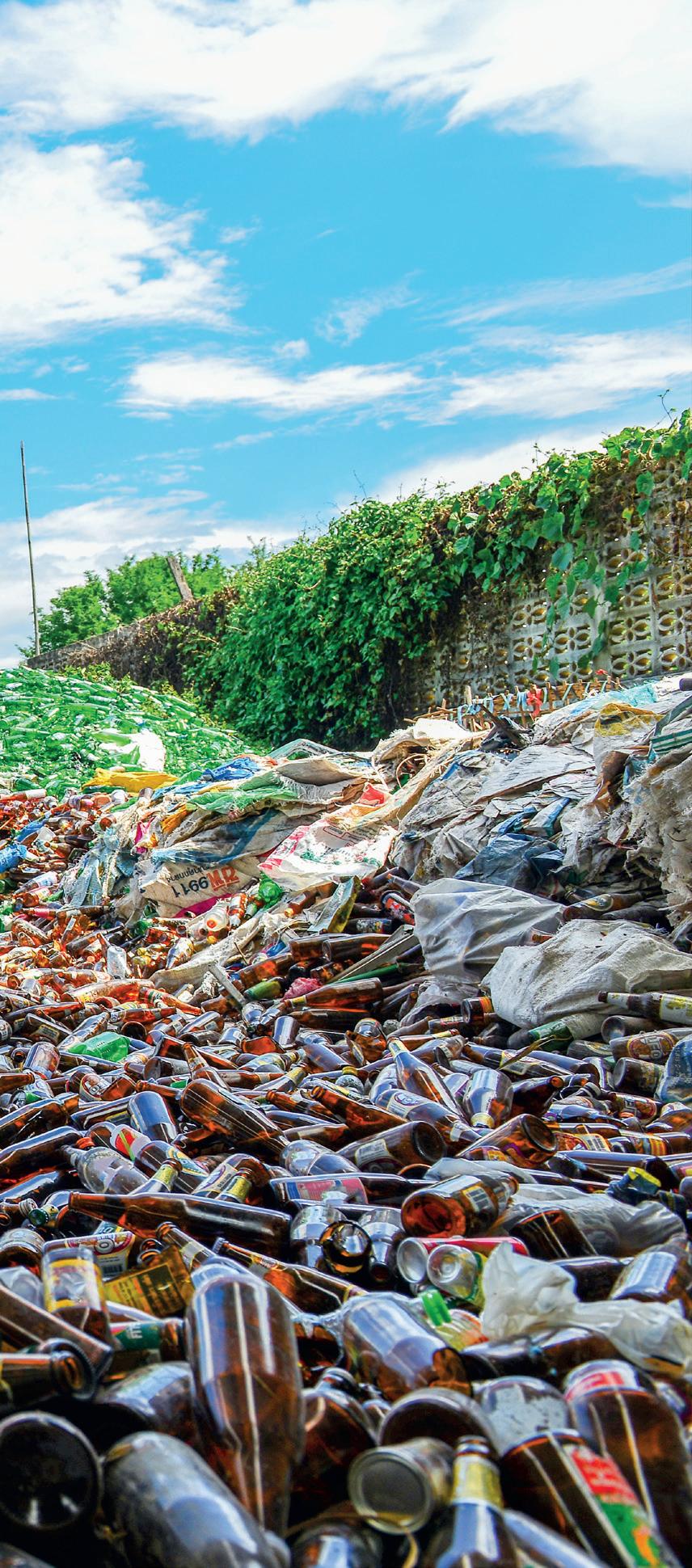
2

Fig 1. Glass that is unsuitable for remelt due to size and quality will traditionally be sent to landfill, or used as low value aggregate substitute.
Fig 2. CO2 in the atmosphere.
Fig 3. Photovoltaic (PV) cells in solar panels.
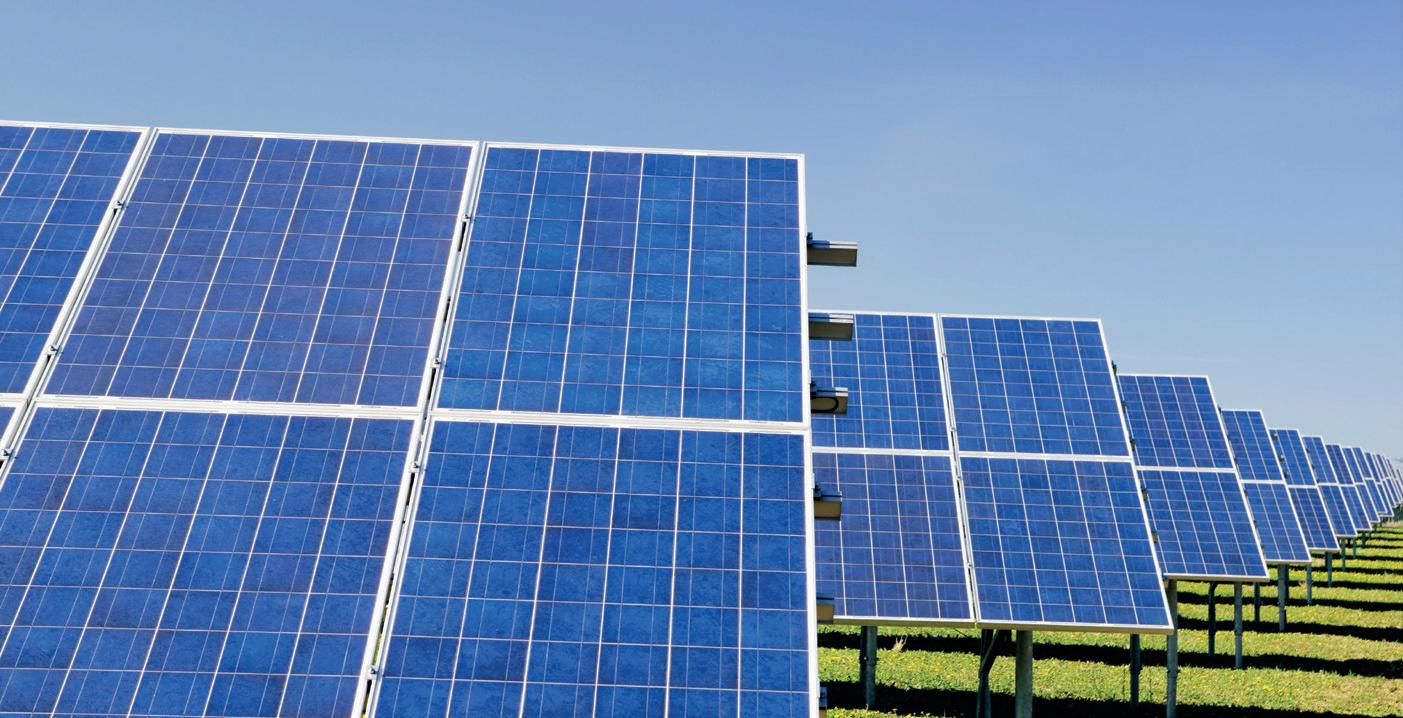
Fig 4. Lettuce crops, suitable for glass-based silicon fertiliser. maximising glass recovery and reuse.
When a system is based on glass location, quality, and market options, while understanding the complexities and market dynamics, a fair and logical approach can be established for improving cullet quality and quantity plus an increase in revenue and investment opportunities of glass historically landfilled or used in low value markets.
Low CO2
For a truly sustainable glass recycling system to exist, low CO2 solutions for 100% of glass entering a recycling facility are required, not just a focus on producing cullet for remelt. By increasing the demand for these alternative low CO2 uses of glass across a broad spectrum of markets, the economic value of waste glass will be enhanced, which in turn will stimulate investment across the entire glass recycling landscape. Considering glass recycling within a more encompassing strategy, such as this, will provide a greater quantity of high-quality cullet across a broader marketplace, while providing ultra-low CO2 materials for multiple diverse markets which are both technically and commercially viable, decreasing the glass industry’s overall CO2 footprint and meeting the challenging 90% recycling target.
Firstly, we need to look at the CO2 costs involved in the various stages of collecting, sorting, and recycling glass: from the point where it might be collected from kerbside, transported to a central recycling point, and taken to different locations for segregation or colour sorting.
One of the simplest ways to reduce the CO2 associated with glass recycling is to avoid hauling the product around. This is often achieved by locating lots of different activities on the same site. For example, not only glass resizing and processing to separate cullet from different fractions with re-sell potential, but also having a waste-to-energy plant on site or recycling facilities for paper/metal. Larger installations of this kind, where other pieces of the materials’ recovery process might be located alongside or nearby, eliminates the need to continually haul the materials around to processing plants in different locations. (Fig 2)
The transportation of waste and the accompanying CO2 is even more of an issue for islands or remote/rural communities, as their waste is traditionally transported or exported elsewhere to be sorted and processed, or sadly sent to landfill due to the cost. Therefore, low CO2 solutions for glass recycling are not only good for the health of the planet but also often financially beneficial too.
Research & Development
A recent EU announcement to increase recycling rates to 90% is a significant and progressive step, one which challenges the industry to consider its strategy and drive investment. Innovation has always challenged the recycling industry to evolve, never has there been greater focus on science and innovation to achieve more with less. Innovation and
3
and the perceived economics. As a result, the rest of the material ends its life in landfill as daily cover or used as a low value aggregate substitute (Fig 1).
More than 50 million tonnes of container glass are landfilled annually around the world. That’s $36 billion of lost carbon credit and $100 billion of lost revenue opportunity. This deep dive will consider how a more comprehensive CO2 strategy will evolve a more inclusive recycling system, one focused on progressive thinking are developing a clearer strategy for glass recycling, one focused on CO2 and the recycling of all types of glass including containers, flat glass, pharmaceutical borosilicate and photovoltaic (PV) cells (Fig 3).
The technology is already available to do things differently, and the glass that cannot be used in remelt can be less carbon-intensive than cullet, in addition
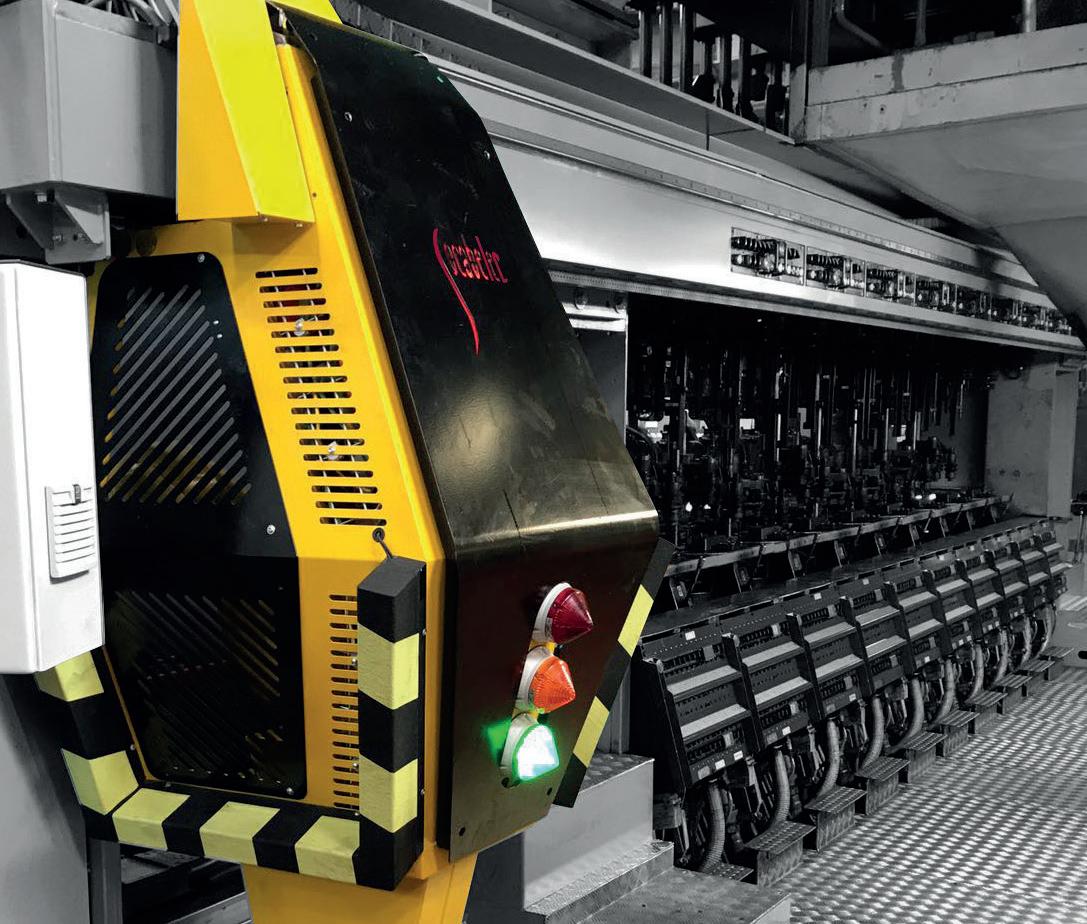








* latest swabbing-robot installed in July 2017 in Germany to potentially acquiring a higher re-sell value if handled appropriately.
One area where there has been a rise in demand recently is in the de-packaging and recycling of pharmaceutical containers. The quantity of vials being produced for Covid vaccinations is immense, and innovative technologies, such as Krysteline’s Imploders, can remove aluminium or rubber stoppers, separate and return them, providing the secure destruction of the units.
International universities are playing a substantial role in Krysteline’s progress towards a sustainable glass recycling strategy. They provide credible R&D activities in the processing of special types of glass (PV cells, borosilicate, wind turbine blades for example) for recycling and establish revolutionary innovations for the processed glass spanning agriculture, construction, and art.
Each research project is vital in disseminating knowledge across marketplaces, assessing and developing the market, generating reliable CO2 data, and enhancing technology for cost-effective production.

High Value – Low CO2 Solutions
The feasibility of approaching High Value – Low CO2 solutions for glass recycling and recycled glass is based on the re-sell value acquired by the <10mm waste glass fractions (and other glass unsuitable for remelt) after they have been extracted from comingled material, processed, and prepared – and readied for any one of a number of alternative end markets.
Higher-value end products include foam glass, a lightweight aggregate-based material which is often used in airport runways and construction sites, and its CO2 cost is extremely low compared to the lightweight materials it replaces.
Another recent patented innovation is a glass-based silicon fertiliser. This can be added to compost, with the consequence of silicon leaching out which enhances the growth of certain plants or crops such as salads, rice, and plantains (Fig 4).
Krysteline’s research partnership with the University of Sherbrooke has led to the development of a product for concrete production, a Green Ultra-High Performance Glass Concrete (UHPGC) that is fully approved to the ASTM global standards.
As the world’s recycling industry understands more clearly the CO2 footprint of its products at each part of the collection and repurposing process, it is likely to play a more signifi cant role in identifying low CO2 uses for glass and other materials. Krysteline is well placed to provide sustainable markets across a broad spectrum of locations, all considerate of their CO2 footprint.
International Year of Glass
Krysteline Technologies is proud to be taking part in the UN’s International Year of Glass 2022. Our CEO, Steve Whettingsteel, will be speaking at events throughout 2022 on the topic of sustainable glass recycling as part of the International Year of Glass including the upcoming XX Brazilian MRS- Materials Research Society Meeting (XIII BrazGlass symposium) in September and the International Year of Glass Closing Ceremony in Japan in December. �
*CEO, Krysteline Technologies, Southampton, UK https://www.krysteline.com/


